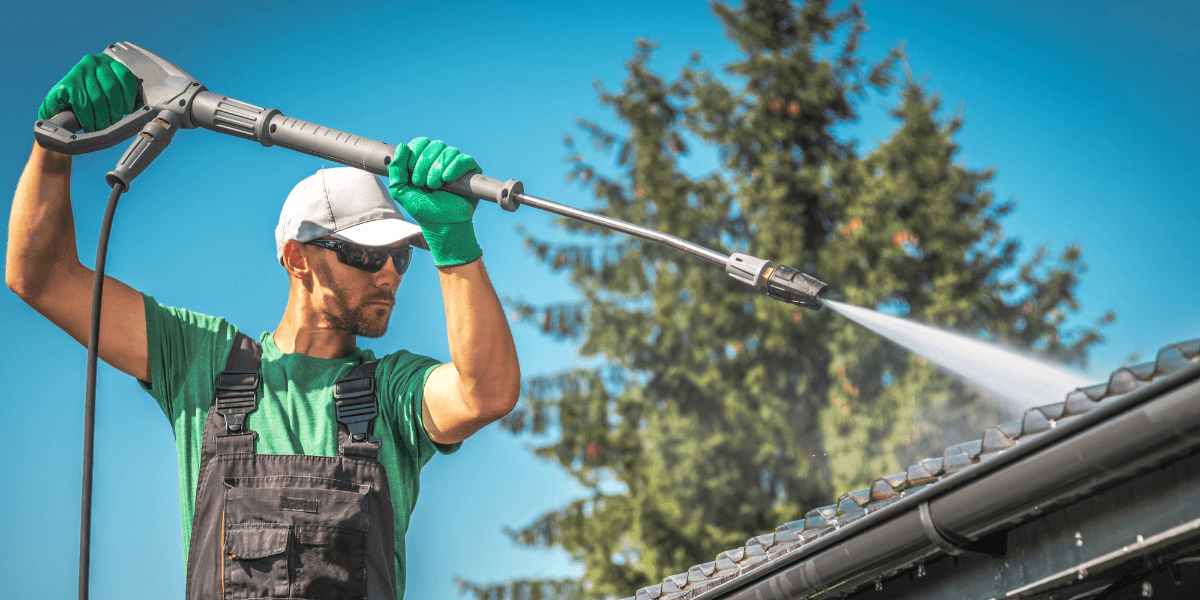


Spray foam roofs are becoming increasingly popular as they offer multiple benefits compared to other roofing options. But, how are they installed? What are the different processes involved? And how long does it take for a spray foam roof to dry?
Read on to find out the answer to these questions and much more.
A truck equipped with spray foam equipment is used to foam the roofs. Two 55-gallon drums inside the truck contain the two chemicals used, referred to as Side A & B, to create the spray foam. The chemicals are heated, pressurized, and then sent up through hoses to a spray gun attached to the lines. At this point, they are mixed together and react to create the foamed substance at the gun itself. This substance expands 30 times its size once it is gassed out, creating one solid sheet that fills up an entire roof. The coating installer follows behind the foam installer, ensuring that the roof is flawlessly coated.
See Also: Commercial Roof Repair: Where to Start?
In the polyurethane foam roofing method, the spray foam is an adhesive that enables the attachment of any two solid surfaces together. When the spray polyurethane loses its stickiness and becomes tack-free, one can apply another coat to create an extra bond - referred to as a lift. Insulation takes around 15 to 20 minutes to become tack-free on a good, warm day and approximately 8 hours to cure.
For a spray foam roof to be done properly, it needs three things. They are good electrical equipment (equipment used in making/heating foam), the right environment (factors that affect the air temperature and heat generated on the deck), a proper chemical reaction (the heat from the chemical reaction between A and B when combining to create the spray foam), respectively. All three items need to be synced for the foam to be installed correctly.
Within 1-2 minutes of being sprayed, spray foam turns into a walkable surface. However, the “off-gassing” period can last a few hours.
See Also: Why Spray Foam Roofing Is the Best Roofing System
With spray foam re-roofing, you don’t have to worry about removing your existing roof and replacing it. It’s the easiest and most affordable way to fix your commercial roof. Spray foam penetrates into every cavity, crevices, and gap in your existing roof, sealing them for good with a lasting seal that stands up to even the harshest weather conditions. Another excellent advantage is that spray foam is created from airtight binding polymers that form a pliable seal which helps inhibit heat transfer, so it saves energy. Once the spray foam re-roof is complete, you will notice an immediate boost in insulation.
A spray foam roof is a great way to waterproof and insulate your commercial roofs, so if you are looking for the best commercial roofing contractor in Southern California, then look no further. Applied Roofing Services can help you with all of your commercial roofing needs. Contact us today at 714-632-8418 or get a quote online.